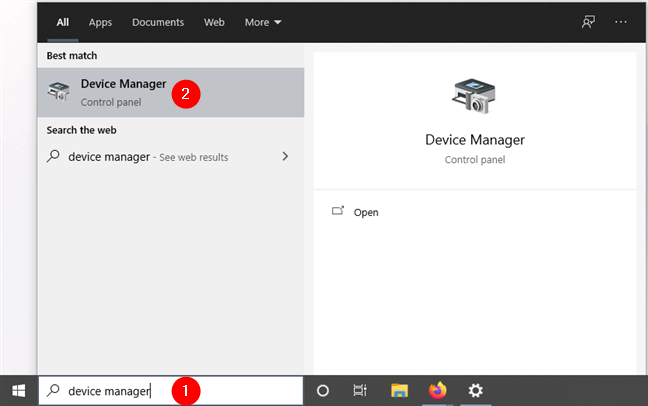

How to uninstall drivers in windows 10 install#
If you don’t want to use the method above to permanently disable Driver Signature Enforcement, here is a solution for you to temporary turn off Driver Signature Enforcement to install unsigned driver: Option 2: Disable Driver Signature Enforcement Once If you need to enable the Driver Signature Enforcement again, run this command instead: From now on, you will be able to install or run any unsigned driver without problems. Close the Command Prompt and restart your computer.If you see a message saying the value is protected by Secure Boot policy, then you have to turn off Secure Boot in the UEFI/BIOS, before disabling Driver Signature Enforcement.

You should receive “The operation completed successfully” message. Type in the following command and press Enter.In Windows 10 or 8, just press the Windows key + X and then select “Command Prompt (Admin)”. Open a Command Prompt with admin privileges.Option 1: Disable Driver Signature Enforcement Completely Today, we’ll show you 2 methods to disable Driver Signature Enforcement in Windows 10, 8, 7 (64-bit) so you can then install / load unsigned drivers without problems.

The problem is that many devices ship with unsigned drivers. After installing an unsigned device driver, it will always result in a blue screen of death during the startup process. It was designed to prevent unsigned device drivers (or kernel modules in general) from being loaded and executed. In 64-bit operating systems starting with Windows Vista, Windows will load a kernel-mode driver only if the driver is signed.


 0 kommentar(er)
0 kommentar(er)
